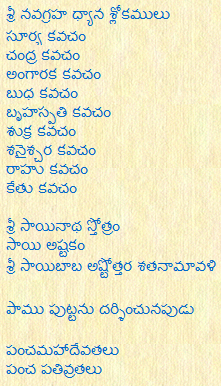

The other became a rooster and was transformed into his banner. One half became a peacock, which he took as his Vahana. He threw his weapon at him and split Soorapadman into two halves. He fought Soorapadman for six days, at the end of which the Lord vanquished the asura. When the devas could not tolerate the evil doings of this demon, they approached the younger son of Lord Shiva and Parvati for his assistance. Sashti is the day that Lord Muruga defeated the demon Soorapadman. It is sung in ragamalika (a song composed in multiple ragas), including the ragas of Abheri, Shubhapantuvarali, Kalyani, Thodi, and Madhyamavathi. The most notable of them all is that sung by the duo Rajalakshmi and Jayalakshmi, popularly known as the Soolamangalam Sisters. The Kavasam has been set in music by various musicians over the years. The armour and meditation parts of the Introduction section employ the Venpa metre and Kural venba metre, respectively. The song employs Nilaimandila aasiriyappa, one of the poetic forms in the Tamil language. The author's name is mentioned twice in the song, first in Line 64 and then in Line 201.

Lines 178-186 Describes the divine power of the Sacred Ash ( Vibuthi) and its effects.Lines 176-177 Worshiping Goddess Saraswathi, the goddess of knowledge.Lines 160-175 Praises the Lord by His various names and His divine deeds.Lines 158-159 Prayer to maintain a cordial relationship with others.Lines 149-157 Concerns with freedom from diseases.Lines 141-148 Concerns with the protection from wild and venomous animals.Lines 130-140 Concerns with prayer to the God's Messenger to release the devotee from the vicious cycle of birth and death.Lines 103-129 Concerns with eradication of vicious effects of demons and devils.Lines 96-102 Concerns with the Lord's saving of His devotee in all times of the day.Lines 59-95 Praising the Lord, these lines concern with the protection of individual parts of the body.


Lines 57-58 Surrendering of the devotee to the Lord and the devotee's prayers unto Him.Lines 55-56 Depicts the swiftness of the Lord in coming to the rescue of His devotee.Lines 46-54 Author strings the sounds of the Lord's footsteps and anklets into mantras.Lines 33-45 Author describes the way the Lord looks at the devotee.Lines 28-32 Upon using mantras, the divine light and the presence of the Lord is felt.Lines 17-27 Mantras are used to invite the Lord presented to the devotee.Lines 1-16 Author invites the Lord to the devotee.Lines 5-6 Meditation: Written in Kural venba ( குறள் வெண்பா).Lines 1-4 Introduction: Written in Nerisai Venpa ( நேரிசை வெண்பா).The plan of the song is as follows: Invocation The "Kavacham" part follows the grammar of Nilai Mandila Aasiriyappaa. The song consists of a total of 244 lines, including four introductory lines known as "Kaappu," followed by a couple of meditational lines and the main song portion consisting of 238 lines known as the "Kavacham." The grammar employed in the introductory part is the Naerisai venba and that of the meditational part is the Kural venba, widely known to the Western world for its exclusive usage in the Tirukkural. The lines 'Chiragiri Velavan' in the hymn refers to the Lord of Chennimalai. The place where Balan Dhevaraya Swami staged the hymn is the Chennimalai Subramania Swamy Temple near Erode in Tamil Nadu. The hymn was composed in the 19th century by Balan Dhevaraya Swami.


 0 kommentar(er)
0 kommentar(er)
